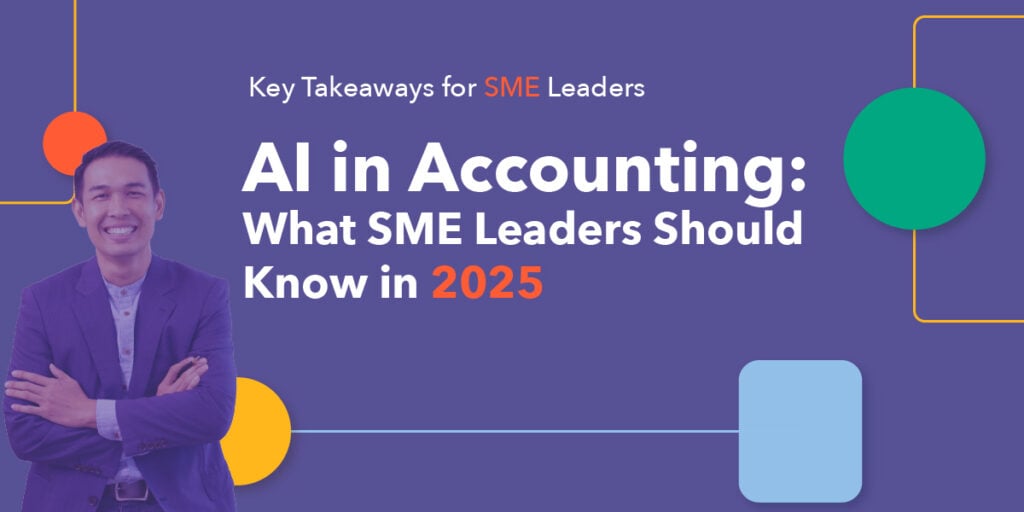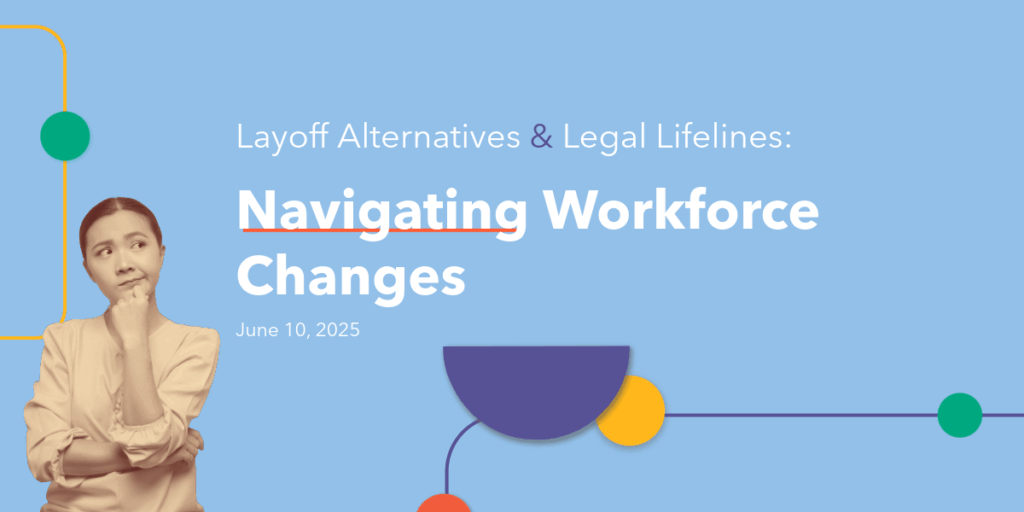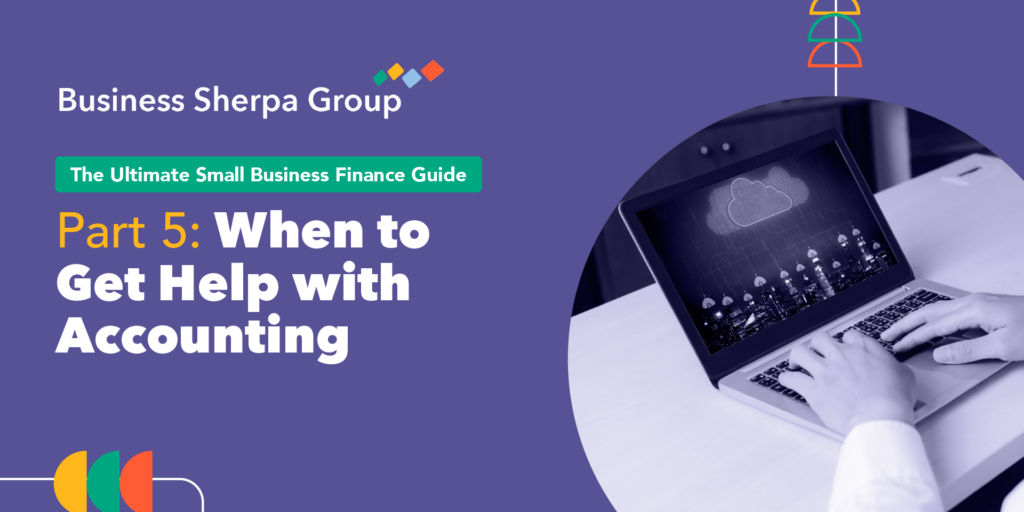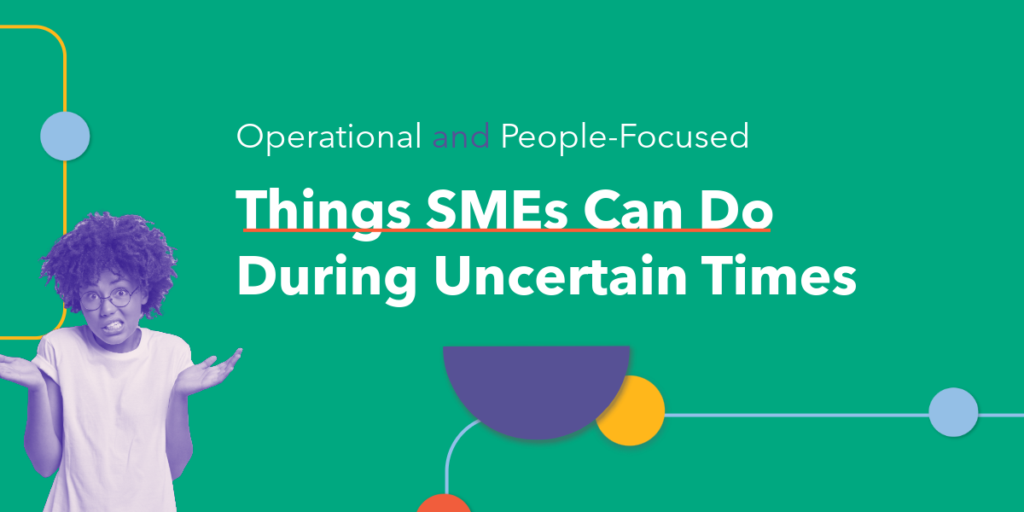Implementing new technology into your practice is easy. Making it work well is where there needs to be more strategy. We wanted to share how we approach the road to Finance digitization for small and medium businesses with Director of Bookkeeping Brandon Brown outlining our processes.
Technology Impacting Business
Technology is changing the way we work, a change that only accelerated as the pandemic sent everyone to virtual offices. Organizations have had to increase the technology stack they work with or risk falling behind in their industry.
One important area that technology is playing an increasing role within is Finance and Bookkeeping. Many businesses that use non-technology-based systems realizing the barriers and inefficiencies of staying the course.
Transforming your Finance practice is not an overnight change. It can be costly, last several months, and can require a change in approach by your team. That’s not to say the benefits don’t make it highly worth the switch, but often if it is not done correctly, it can take your business backwards instead of forwards.
We wanted to outline our phased approach to digitization, an approach we have used successfully with many businesses to help integrate technology in steps that are comfortable for their users, to help show how this transformation can happen and help eliminate some of the fear a business might have in making the change to digitized Finance processes.
READ: The Value of Digitizing your Finance Function
Getting Started
There are tons of technologies in the digital world for business finances. With the wide selection available, it can take a lot of research to find the right option – or options – for your business. No technology is cookie cutter, but the right blend of tools can integrate perfectly with your business’ workflows.
We’ve helped a lot of small and medium businesses find the right tools to help them digitize their finances. Our approach gradually moves you online while testing and evaluating what works. This way, we can integrate using the right tools at a pace that makes learning and adapting easier for existing staff. The phases are as follows.
Phase 1: Planning, designing, and changing phase
Phase 2: Cloud-based accounting system implementation and training
Phase 3: Document collection, processing, and management tool implementation and training
Phase 4: Bill payment and processing implementation and training
Phase 1: Planning, Designing, Changing
Looking for processes you want to simplify is a good place to start looking for technology solutions. Is there a process you regularly need workarounds or must stop a process include other people? What about an interaction between staff and Bookkeeping that could be automated? These are likely areas where digitization can help. There might have to be changes in the workflows, so now is a good time to plan out changes in resources and operations to add more value to the technology you adopt.
When our team joins your organization, our first step is to look at your existing processes and workflows, so we can locate inefficiencies within the practice. From there, we start to look at technology solutions to potentially implement to support your existing workflows and design a transformation roadmap to implement technologies while not disturbing operations or the flow of information.
Phase 2: Cloud-Based Accounting System
With a plan in place, it’s time to begin transforming your finances. We start in an area where most inefficiencies are found in Bookkeeping practices: day-to-day accounting.
It’s one thing to switch a system to the cloud, but if you want to leverage the technology in your workplace, education is essential, as well as integrating them into your existing workflows. When your accountants know what systems are working behind the scenes and how to interact with them, they can spend more time working with financial statements to make more timely decisions.
This doesn’t mean we come in, tell you what we’re going to do, and then toss a wrench in your processes. Our aim is to create solutions that integrate with other processes in your workplace, so we look for solutions that would complement your existing workflows. This helps with training employees, as we blend new tech with processes, they’re familiar with, and we always ensure people using the systems are comfortable with them before moving on.
Phase 3: Document Collection, Processing, and Management
Bookkeepers spend the bulk of their time chasing down documents and manually entering data. Documents like bank statements, bills, and receipts are likely to flow in and out of a business daily, with not a lot of priority placed on them due to their commonality. However, once you reach the end of the month, reconciling and organizing statements can take hours, if not days.
When we reach this phase in your organization, the first step is to look at your existing workflows. More than with other processes, it’s important to consider how people will interact with the software, and whom. Without this information, one could choose an app that does not integrate with your accounting system, your workflows might increase in length.
To help your staff adapt, we outline the standard operating procedures for people to understand and support them until the flow of information is seamless. Often, we will meet with organizations who have put the systems in place, but due to a lack of learning there are more inefficiencies, more errors, and extreme frustration on behalf of those who must process the documents into their accounting system.
Phase 4: Bill Payment Processing
There are a lot of obstacles to consider within this function. Often, our clients will express their frustration with back-and-forth communications, lengthy approval processes, printing and receiving cheques, and processing wires and EFTs, just to name a few. There is also the threat of fraudulent activity, especially with cheques.
Fortunately, we can provide and implement technology solutions for your business that can provide greater security and protection from fraud, with internal controls that you oversee to protect your information. At the same time, these tools can reduce the length of time it takes to approve and process a bill payment, keeping your records up to date. With all your payments being sent digitally, your costs become more fixed as you avoid the need for postage or cheques. Furthermore, many bill processing software’s integrate with accounting solutions, for a seamless experience.
WATCH: Cloud-Based Bookkeeping at Work In Accounts Receivable
Conclusion
Technology in Bookkeeping can be a game changer for small and medium businesses. With so many options for business owners, it can be difficult to determine what will work, or what will give you the biggest return on investment. That’s where we can help, finding the tools that will best emulate your existing processes while making your functions more efficient. Our aim is not to disturb, but to improve.
With owners having to wear so many hats, technology can enable you to do more with less. Through our phased approach, you can shift to digital finances in a way that is comfortable for staff, giving time for learning and understanding processes thoroughly. Whether you want to digitize your records or just need some help with day-to-day accounting, we’re here to help with your needs.










